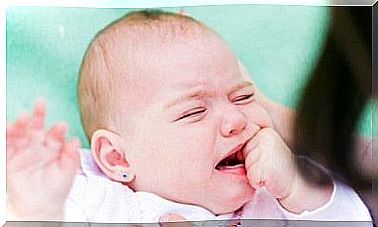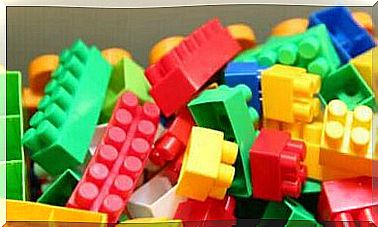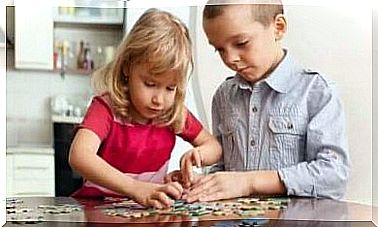Eczema In Children: How To Avoid Outbreaks
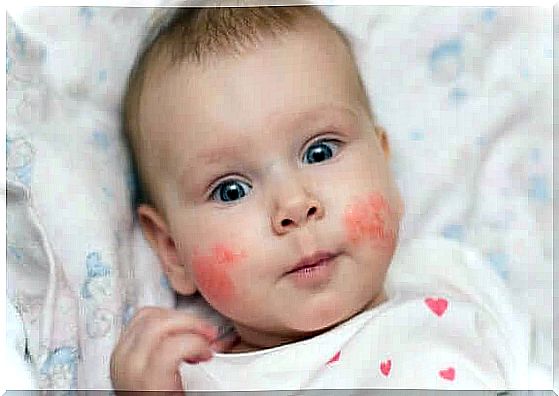
Eczema is a skin condition that affects about 20% of all children in their first year of life. It is a very common disease that stays for several years and disappears as they grow. Learn how to prevent eczema outbreaks in children below.
Identification of eczema in children
Symptoms
You can identify eczema through redness of the skin, itching, pain and swelling and pus in the affected area among other symptoms. Identifying an outbreak early and treating with special creams can prevent the symptoms from getting worse.
Appearance
This disease affects all skin types and usually occurs at a very young age. However, it looks different in babies and children. In general, it affects the face, head, hands, elbows and knees.
The Integral Pediatrics Health Portal explains the following: “ In 60% of patients, it begins in the first year of life, mainly in the first 6 months. In 85%, it develops in the first 5 years and only 10% get the disease after the age of 7. ”
In babies, it therefore occurs after 3 to 4 months. Skin problems are usually seen on their cheeks, head and limbs. Some mothers confuse diaper rash with eczema. However, eczema does not occur in areas that are constantly wet.
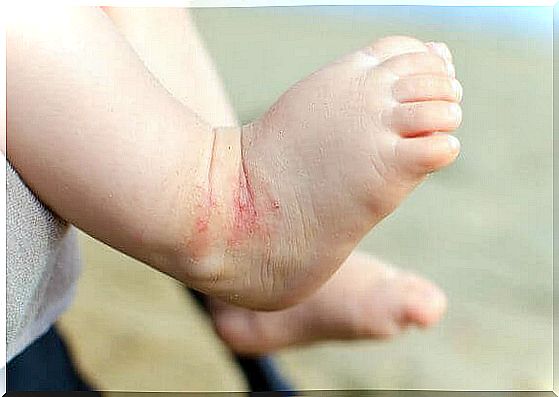
In childhood it can be seen after 2 years where it is available on the neck, hands, ankles, elbows and buttocks. In white children, rashes usually appear in the kneecaps and elbow bends. In children of Asian and African descent, however, it is usually seen on the elbows and knees.
This is how eczema occurs in children
Eczema has two stages:
- Inactive. The skin becomes very dry and scaly as well as sensitive. During this period, you can use preventative measures to prevent it from getting worse. As mentioned before, keep the affected area hydrated with specialty cream and moisturizer.
- Active. Inflammation is more intense, and pus and bleeding from tears are common. In addition, the skin can become inflamed and hard.
How to prevent the onset of eczema in children
Causes
To prevent the onset of eczema in children, it is important to know what triggers it. Let’s start by saying that this disease is not contagious.
Integral Pediatric’s health portal points out that “in 70-80% of children there is a genetic or personal history of skin condition.” Therefore, it is important to consider genetic factors.
Factors that contribute to eczema in children are:
- Dry skin
- Use of creams with chemicals in them that cause irritation
- Herpes and fungus
- Contact with allergens, pollen, dust, animal hair, food, etc.
- Contact with fabrics washed with abrasives or synthetic fabrics such as nylon or viscose.
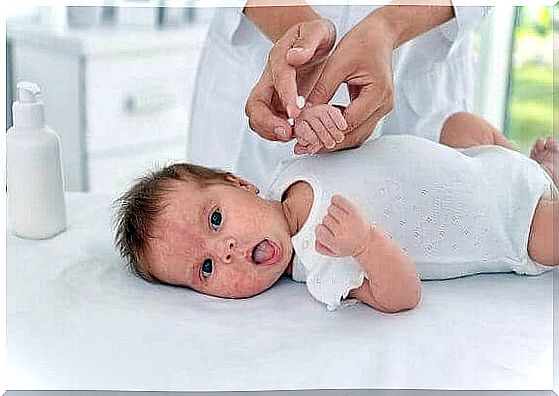
Prevention strategies
Today, you can use corticosteroids and antibiotics to control the onset of eczema in children. However, your doctor will determine the cause of your child’s eczema and choose the best option for them.
Therefore, these are actions aimed at preventing symptoms:
- Check the temperature: avoid excessive heat
- Maintain a significant level of humidity in the area where your child is
- Give short, refreshing baths to stop sweating with water that is not too hot
- Make baths with acidic pH soap without detergent
- Dab with towel while drying without rubbing
- Avoid wearing clothing made of irritating material
- Apply moisturizer daily
- Avoid scratching and tearing by cutting your child’s nails correctly
- Avoid swimming in pools due to the high amount of chlorine they contain
Pediatricians recommend taking the following precautions: “Reduce contact with acidic foods (tomatoes, citrus, etc.). Change diapers often and be careful when washing clothes. ”
Remember that if you are concerned, always consult your pediatrician or dermatologist. That way, you get the right guidance you need to treat your child’s eczema.



